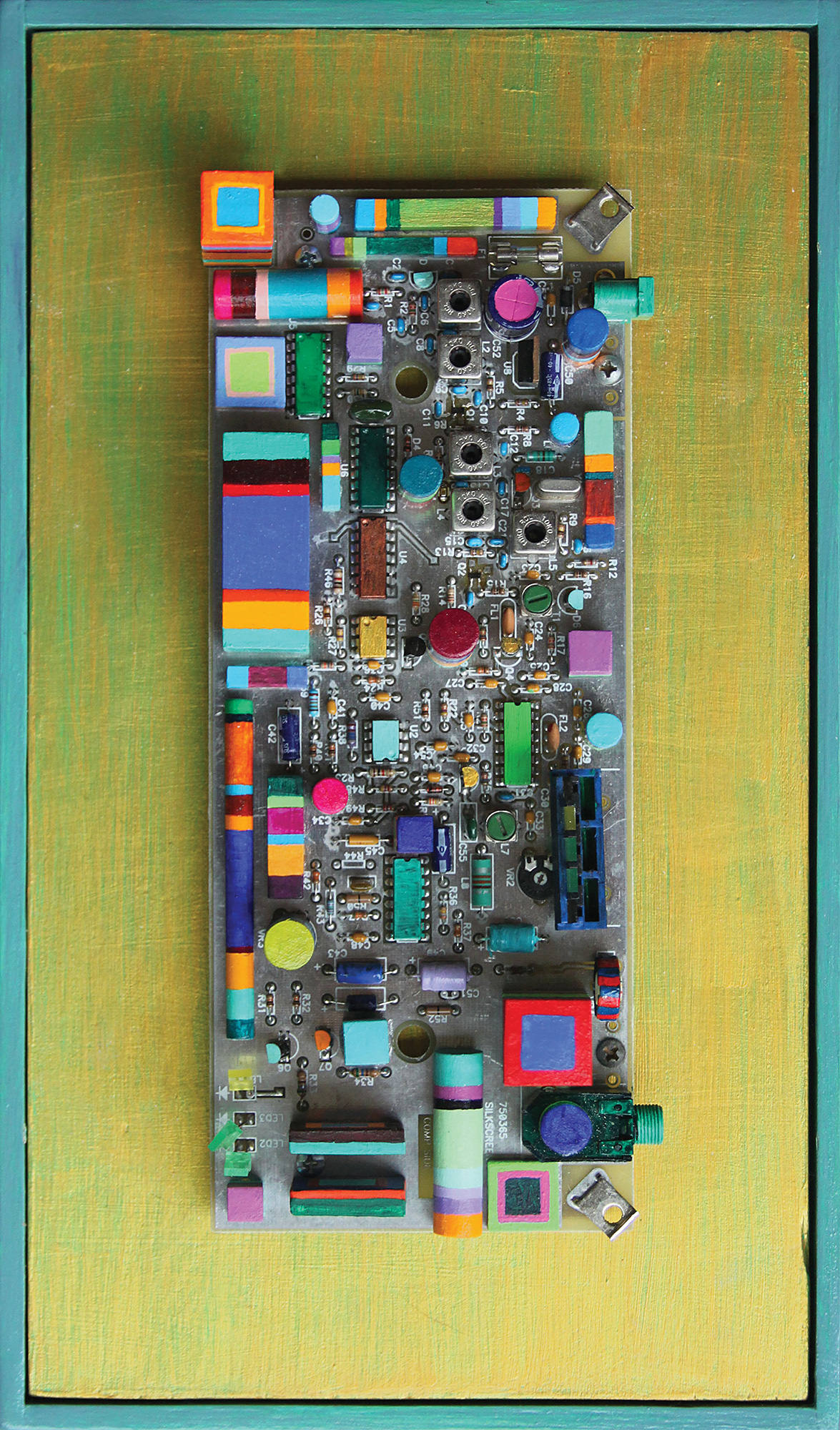In the world of both hardware and software synthesizers, there is a lot of focus on classic instruments like the Minimoog and their time-tested analog subtractive synthesis method. That's all fine and good, and I love my vintage Moog synth, but wasn't the whole idea of synthesis meant to be forward-looking? I feel like a lot of the warm fuzzy nostalgia around analog synths and filter sweeps have become a bit boring and predictable, so it’s nice to see some new ideas make it into the marketplace like Arturia’s Pigments [Tape Op #130], Waldorf’s Iridium, and now Newfangled’s Generate soft synth. Newfangled (distributed by Eventide) is a newer company from Dan Gillespie who was one of Eventide’s DSP coders for 15 years. Using his experience at Eventide as a launching pad, Dan is adding machine learning techniques into the mix with his new audio effects and synths.
Generate is one of the coolest new synths, hardware, or software, that I've seen all year. It's completely forward-looking, while also borrows some cool ideas from some lesser-known, but iconic synth modules of the past. The traditional oscillator has been replaced in Generate with what Dan calls a 'Chaotic Generator' as its primary sound source. He began with mathematical models of a double pendulum, which then evolved to include what he’s named Vortex, Pulsar, Discharge, and Turbine – five different and unique sound generation modes. What makes Generate's sound engine so interesting is that all these modes create timbres that evolve in interesting ways, and are not just static like typical analog synth oscillators. Next Dan routes the Chaotic Generator through a Wavefolder module which he initially modeled after Don Buchla’s 259 Complex Waveform Generator and later added in fractal and animated modes. Finally, the voice is routed to a dual low-pass gate/filter based on the Buchla 292h, but with added controls for poles and resonance. Whew! So what we have here is the best of cutting edge DSP with a strong West Coast synthesis influence. I think Don Buchla would be stoked on this instrument! There are lots of controls with this synth including two envelope generators in addition to the low-pass gate’s dedicated ADSR (Attack, Decay, Sustain, and Release), two LFO’s, the sample and hold/random feature (another nod to Don!), and a simple 8-step sequencer that is easy to use. Generate is MPE (MIDI Polyphonic Expression) compatible which adds an entirely new level of control and expressiveness. I've been using Generate with the Ableton Live 11 Beta and a Sensel Morph MPE MIDI controller (look for full reviews of both here soon) – it’s one of the most expressive and musical computer synthesis experiences I’ve experienced. Generate also has a full effects palate including a new reverb based on an algorithm by Michael Gerzon, and a new limiter design based on signal geometry ideas from CCRMA (Center for Computer Research in Music and Acoustics) DSP pioneer Julius O. Smith. The delay in Generate sounds particularly good to my ears, as does the reverb. All of this is wrapped up in a super intuitive 2D GUI that is extremely easy to navigate with lots of cool visual feedback. I really like some of the newer 2D GUIs from folks, like Dan and Valhalla for instance, that leave those 3D skeuomorphic graphics trying to look like bakelite knobs behind. It’s a computer dammit, not a piece of hardware! Generate includes a good set of presets to start from so you can ease your way into some of these new ideas. Guest preset designers include Count [#59], Chris Carter [#130], and Laurie Spiegel (among others). So enough about math and all these DSP scientists, how does Generate sound? Awesome! If you’re looking for complex, evolving textures and timbres, you will dig Generate. This will definitely become one of my primary synths (software or otherwise). You can get a 30 day fully functional free demo from the Newfangled or Eventide site, and there is also a completely free, somewhat simplified monosynth version of Generate called Pendulate.




_disp_horizontal_bw.jpg)